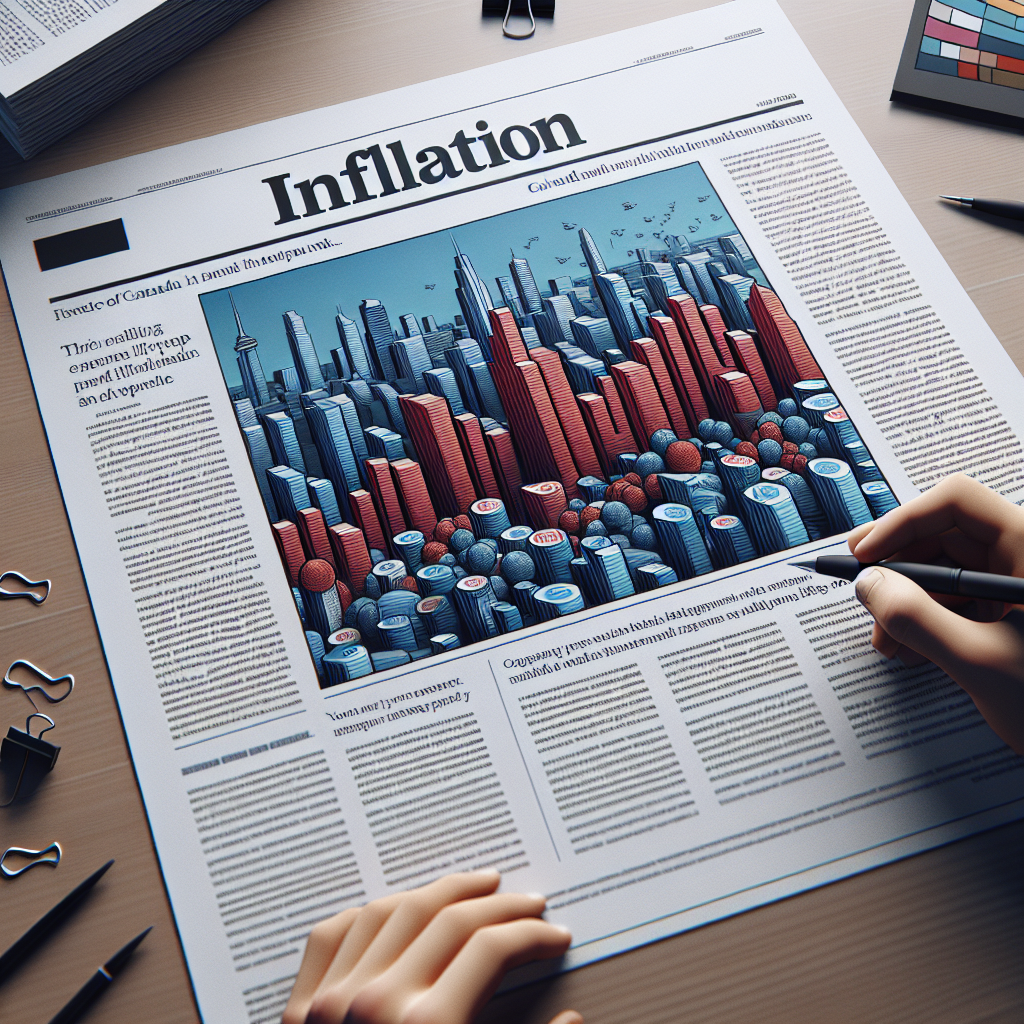Understanding Inflation in Canada: Insights for 2025
Introduction
As we look toward 2025, inflation remains a critical topic for Canadians. Understanding the dynamics of inflation is crucial, not only for policymakers but also for everyday citizens. Throughout this piece, we will break down what inflation means for the average Canadian, the anticipated trends in 2025, and how individuals and businesses can best navigate this economic landscape.
Inflation, defined as the rate at which the general level of prices for goods and services rises, is influenced by various factors, including monetary policy, supply chain dynamics, and consumer behavior. With the Bank of Canada’s commitment to stable inflation, navigating the intricacies of this economic indicator has never been more important for Canadians.
Key Insights from the Data Analyst
Based on recent analyses from our in-house Data Analyst, we anticipate that inflation in Canada will reach approximately 3.5% in 2025. This forecast is largely attributed to global economic recovery post-pandemic, rising energy costs, and supply chain constraints. Understanding these factors is crucial for Canadians to make informed financial decisions.
Additionally, the Market News Monitor agents have highlighted the potential for fluctuating commodity prices to impact inflation rates. For example, agricultural goods may experience volatility due to climate-related challenges and geopolitical tensions affecting trade. It is essential for consumers and investors alike to remain vigilant and adjust their budgets accordingly.
Strategies for Individuals
To combat rising inflation, individuals should consider implementing budget-friendly strategies. Here are a few actionable steps:
-
Diversify Investments: With rising inflation, traditional savings may not offer the same benefits. Consider diversifying investments into stocks, real estate, or commodities that typically outpace inflation.
-
Reduce Discretionary Spending: Review your monthly expenditures to identify any unnecessary costs. This may include subscriptions or dining out which can add up significantly over time.
By implementing these strategies, individuals can shield their finances from the impact of inflation while potentially enhancing their purchasing power in 2025.
Business Adaptations
For businesses, inflationary pressures can pose unique challenges. Here are several strategies to consider:
-
Adjust Pricing Models: Businesses may need to revisit their pricing strategies to reflect increased operational costs. Transparent communication with customers regarding price adjustments can foster trust and understanding.
-
Optimize Supply Chains: Leverage technology and data analytics to streamline supply chains. Efficient procurement can mitigate costs and maintain profit margins even during inflationary periods.
By making necessary adjustments, businesses can better withstand the financial pressures of inflation, ensuring sustainability and growth.
Conclusion
In conclusion, as we approach 2025, it is vital for Canadians to stay informed about inflationary trends and their implications. By leveraging the insights provided by data analysts and adopting pragmatic strategies, both individuals and businesses can navigate this complex economic landscape effectively.
For more real-time updates and expert insights, stay connected with us through our news portal and follow our social media channels.
